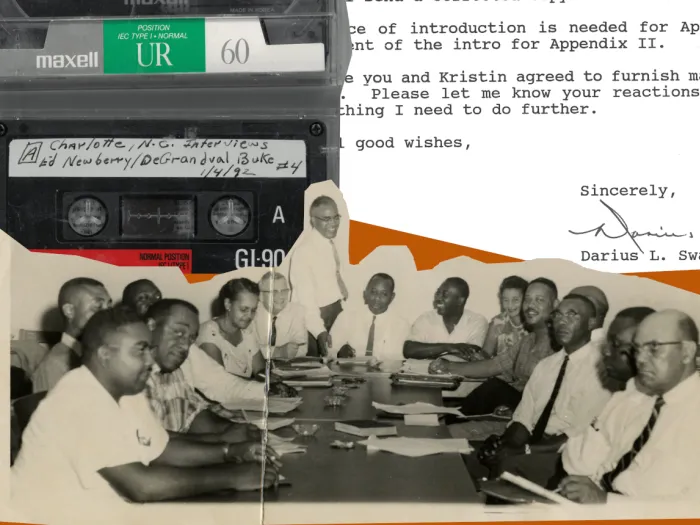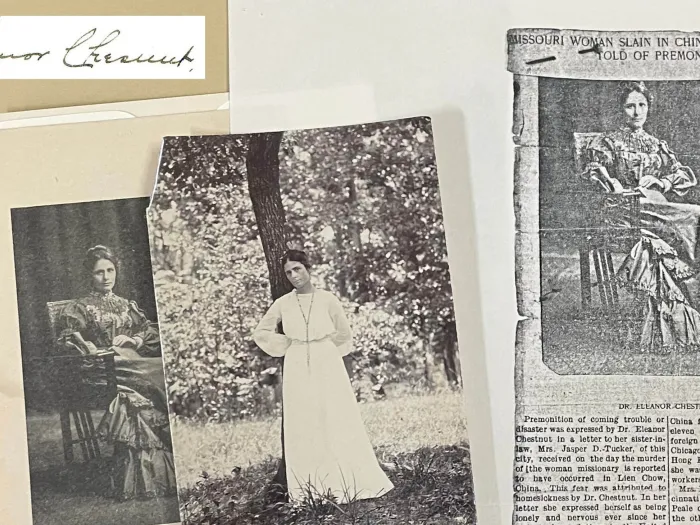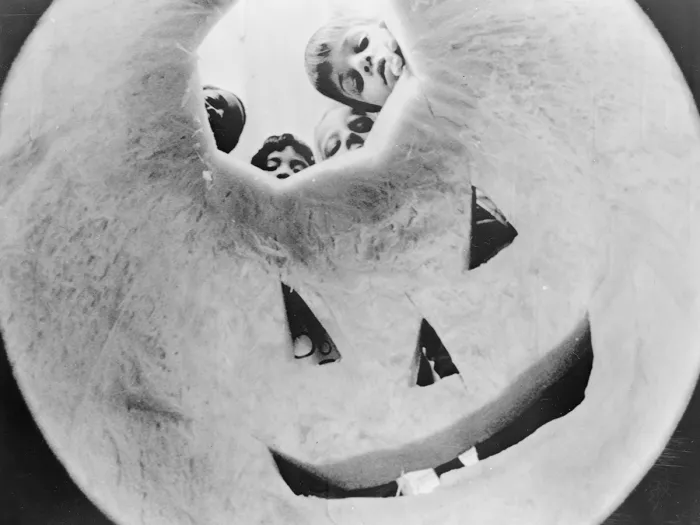Portrait of St. Paul Langley Epps. [Pearl ID: islandora:358360]
Each month, the Presbyterian Historical Society is bearing witness to the lives of African American leaders throughout the history of the PC(USA). Click here to learn how PHS is collecting records of the Black Presbyterian experience through the African American Leaders and Congregations Initiative.
Additionally, a free bulletin insert about each figure is available for download at the end of each blog.
--
On February 18, 1916, St. Paul Langley Epps was born to Azarina Langley and William Henry Epps in Norfolk, Virginia. He was the sixth child of eight, the seventh being his twin brother Richard. While it was difficult for St. Paul’s large family to grow up during the Great Depression, they were loving and happy. Even after his father William passed away when St. Paul was thirteen, the family stayed together, and the children continued their education.
Epps’s interest in ministry began at a young age. While many children played “school” and pretended to be teachers, Epps opted instead to play “church,” taking on the role of a pastor. The Epps family belonged to the AME Methodist Church; it was only when Epps was a high school student that he became Presbyterian. During this time, he also met his mentor: Rev. Benjamin Bonavor Evans of First Presbyterian Church United in Norfolk.
Epps graduated from Booker T. Washington High School in 1935 and enrolled at Virginia Union University for junior college. Rev. Evans helped him transfer to and get a scholarship at Knoxville College in Tennessee, where he graduated with a degree in Sociology in 1939. Epps went on to graduate from Pittsburgh-Xenia Theological Seminary in 1942 with a Bachelor of Theology.
After receiving his degree, Epps became a pastor at First United Presbyterian Church in Henderson, North Carolina. He served there until 1946, when he decided to pursue something new—so he applied and was accepted into Yale University’s Religious Studies doctoral program. The same week that he was offered enrollment, though, Epps received another call—this time from the Mission Board of the United Presbyterian Church in the U.S.A., asking if he wanted to do missionary work. It was unlikely and difficult for Black missionaries to work overseas, so Epps was offered a position in Los Angeles, California. After weighing both options and considering his personal life, he decided to answer this second call, and packed up his belongings to head to California. There, he helped to establish Bel-Vue Community United Presbyterian Church.
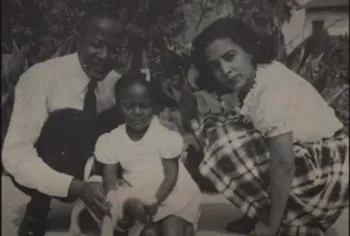
Rev. Epps, his with Katherine, and their 2-year-old daughter, Frances Paula, in California. Image from Bel-Vue Community Presbyterian Church's 76th anniversary video, accessible through their website.
Usually, a missionary would learn about the church beforehand, but Epps was to start the church completely from scratch. Not only that, but the church purchased an empty lot with a three-car garage on it. It was in this garage that Epps led congregants until construction began in 1948.
Community members were skeptical about joining Bel-Vue at first, as many were already members of other churches. In an effort to connect with the community and gain congregants, Epps started the Bel-Vue Improvement League, which focused on the needs of Black families in the area. These families were dealing with sewage, lighting, and other maintenance problems that the city was ignoring. Epps forged relationships with city officials to bring attention to these concerns and enhance his community’s quality of life. Within a year, people began coming to Bel-Vue for training sessions and Bible classes. At the time, Bel-Vue was the only Black United Presbyterian Church west of the Mississippi River. When Epps left the church in 1964, its congregation had grown to 800 active members.
What drew Epps away from his successful, ever-growing church community in California? Civil rights.
Epps’s name came up in 1968 when Eugene Carson Blake, then the Stated Clerk of the United Presbyterian Church in the U.S.A., was arrested in Baltimore for his participation in civil rights marches. Blake’s critics pointed out that the church wasn’t leading by example—there were no Black staff members on the General Council of the General Assembly. Hearing of this, Epps approached church leadership and proposed that he ought to be their new hire. He said that the decision—to leave his congregation and serve at the national level of the Presbyterian Church--was to support both his integrity and the integrity of the church as a whole.
That is how Epps became the Secretary of Stewardship and Development for the United Presbyterian Church, and later the Executive Director for the Fund for Self Development of People. He retired in 1980 and continued to serve as an interim pastor around North Carolina. He was also an active member of New Hope Presbytery. He passed away on September 16, 2014.
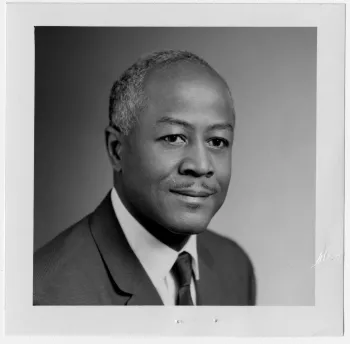
St. Paul Langley Epps, 1964. [Pearl ID: islandora:358359].
--
Want to share this biography with your congregation? Click below to read and download a free bulletin insert about St. Paul Langley Epps.
Download Bulletin Insert: Full Page | Half-Letter | Half-Legal
You may freely reuse and distribute this article in its entirety for non-commercial purposes in any medium. Please include author attribution, photography credits, and a link to the original article. This work is licensed under a Creative Commons Attribution-NonCommercial-NoDeratives 4.0 International License.

